
Insulating Your Kitchen for Efficiency: Cozy Cooking, Smarter Energy
Chosen theme: Insulating Your Kitchen for Efficiency. Welcome to a warmer, quieter, more efficient kitchen where comfort meets savings. Today we explore practical insulation upgrades, real stories, and simple steps you can start this weekend. Share your draftiest corner and subscribe for more hands-on energy wisdom.
Why Kitchen Insulation Matters
Heat Loss Hotspots You Don’t See
Behind base cabinets on exterior walls, around outlets, recessed lights, toe-kicks, and plumbing penetrations, heat quietly slips away. Air sealing and insulation here prevent invisible leaks that cool meals, chill feet, and inflate utility bills all winter.
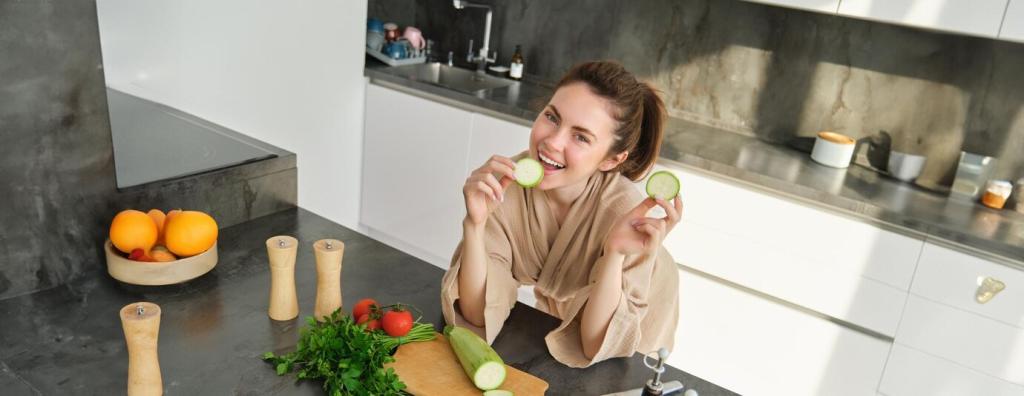
Assessing Your Kitchen’s Insulation
Quick DIY Diagnostics
On a breezy evening, use incense or a smoke pencil along outlets, window trims, toe-kicks, and pipe cutouts. Feel with the back of your hand. Note any fluttering smoke or cool airflow, then prioritize the worst offenders for sealing.
Thermal Camera Truths
A reader used a phone thermal camera and discovered a neon-blue line behind the dishwasher—an uninsulated gap above the sill plate. One afternoon of foam board and sealant later, dishes dried faster and the floor felt surprisingly warmer.
When to Call a Pro
If you suspect missing insulation in exterior walls, complex moisture paths, or knob-and-tube wiring, bring in a certified energy auditor. Ask for a blower-door test to quantify leakage. Post your test results and we’ll help prioritize kitchen-specific fixes.
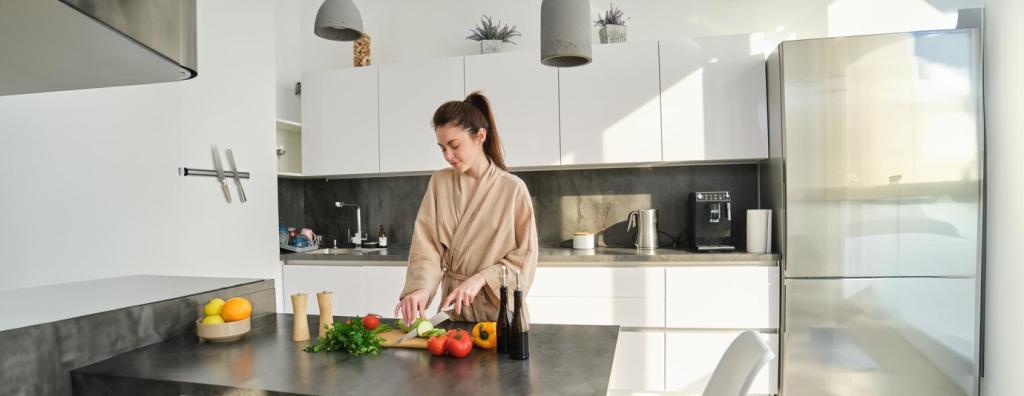
Materials That Make Sense in Kitchens
Rigid foam offers high R-value and thermal breaks behind base cabinets, while mineral wool resists fire and handles humidity near sinks. In exterior walls, many mix both: foam for continuous insulation, mineral wool in cavities for resilient, sound-dampened performance.
Materials That Make Sense in Kitchens
Closed-cell spray foam shines at rim joists and irregular voids under the sink, stopping drafts and moisture migration. Ventilate well during application and observe cure times. If unsure, share your cavity measurements and we’ll suggest safer, lower-VOC alternatives.
Targeted Projects for Immediate Impact
Look where pipes penetrate the cabinet and floor. Seal gaps with fire-rated caulk or foam, then add escutcheon plates. This single fix often stops the sharpest winter draft. Share a before-and-after smoke pencil video to inspire other readers.
Targeted Projects for Immediate Impact
Where code allows, place rigid foam or insulated panels on exterior walls behind base cabinets, minding clearances for refrigerators and dishwashers. Maintain ventilation pathways. Readers report quieter cycles and fewer cold ankles during late-night dish duty.
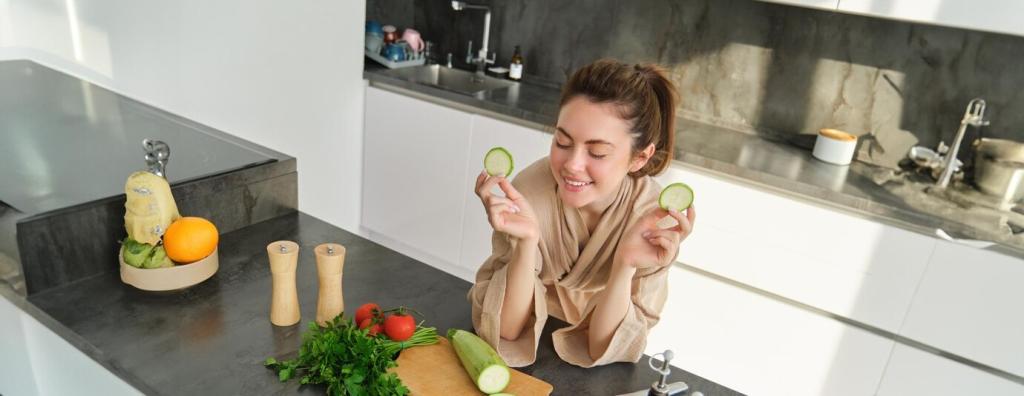

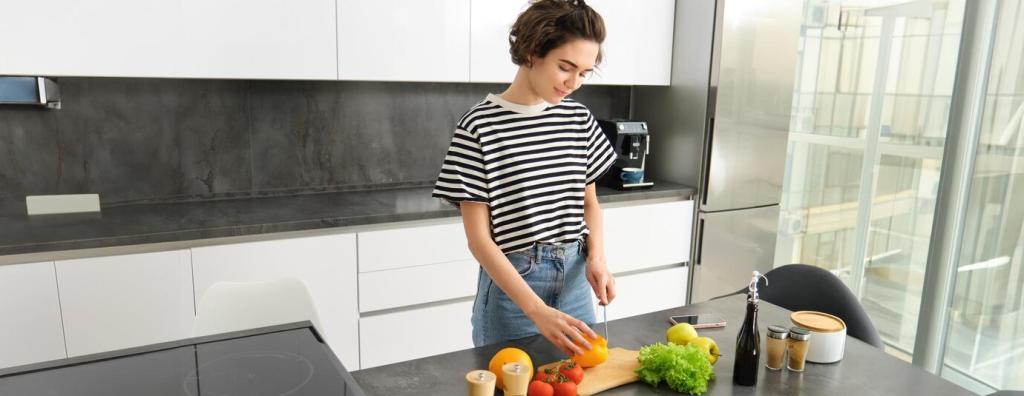
Vapor, Grease, and Steam
Always vent the range hood outdoors when possible, not just through a recirculating filter. Balanced airflow keeps moisture from sneaking into wall cavities behind cabinets. Drop a comment if your hood upgrade reduced condensation on winter windows.
Fire-Safe Choices Near Heat
Use noncombustible or appropriately rated materials near ovens, gas lines, and recessed lights. For can lights in insulated ceilings, choose IC-rated fixtures. Safety first: share your clearance questions and we’ll point to relevant guidance before you insulate.
Indoor Air During Upgrades
Open windows, run exhaust fans, and wear protection when cutting foam or applying sealants. Low-VOC products help, but ventilation matters. If someone in your home is sensitive, plan work in phases and schedule our newsletter’s air-quality checklist.
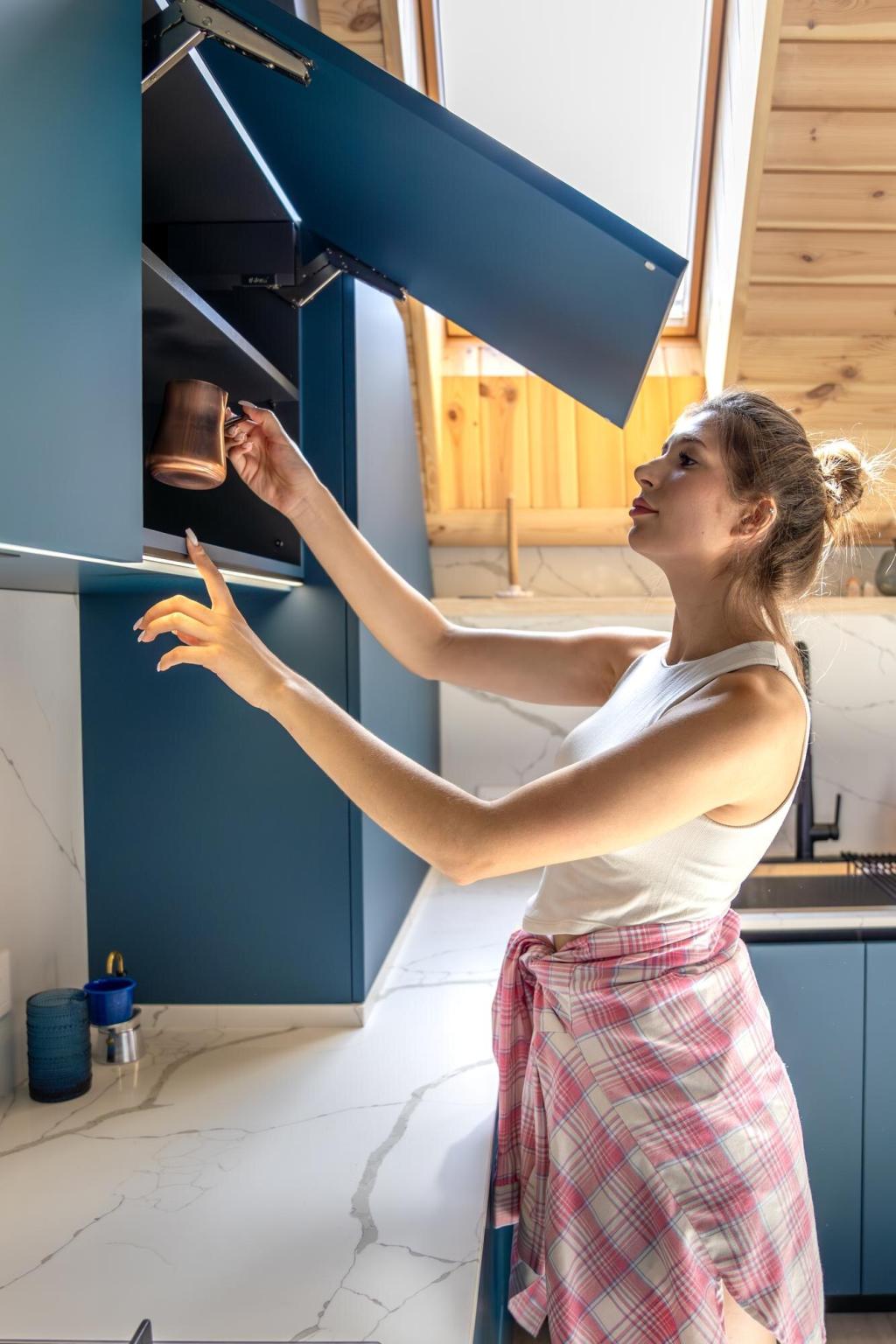
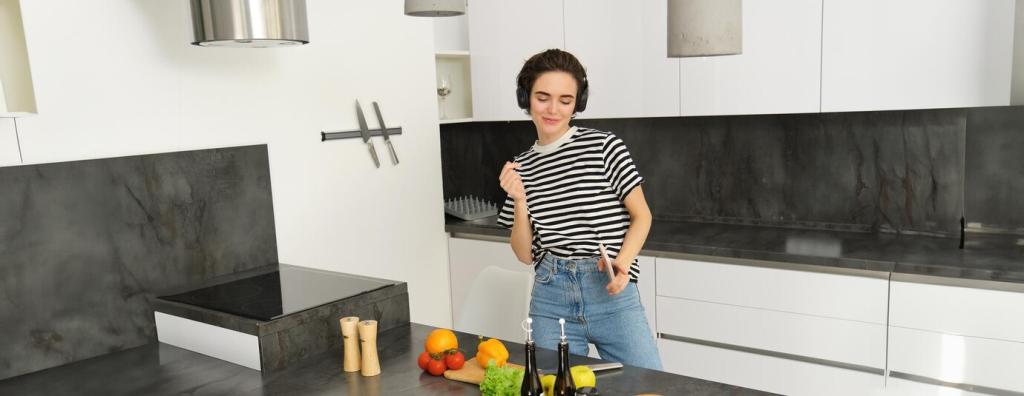

Join our mailing list
